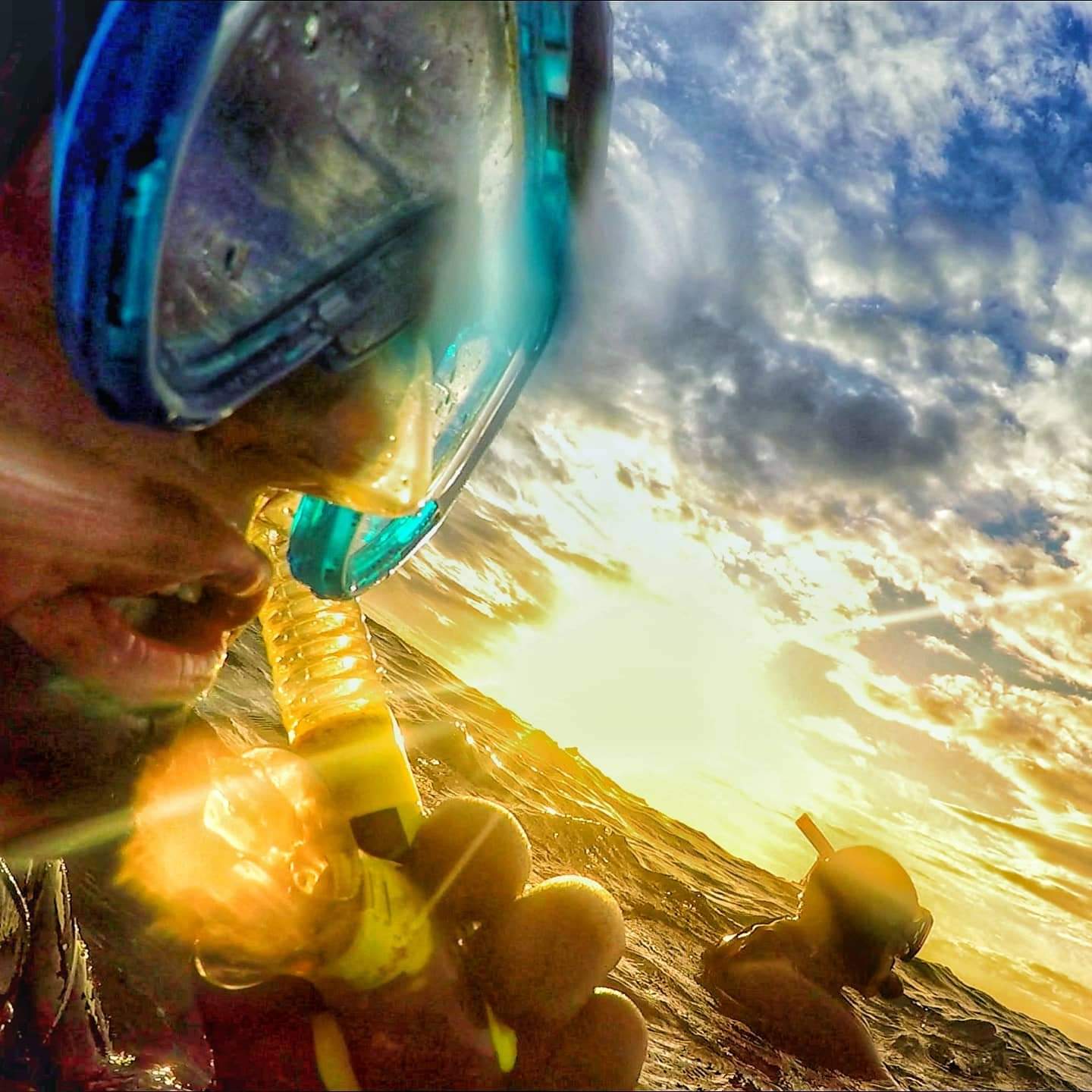THE DIVE PRO HUB
blog series

Oooh! What's this new course?!
PADI ADVANCED SNORKELER
Well, I might have hyped that up a little bit... technically it's not a new course, this is the new look PADI Skin Diver Course and it's had a bit of a rebrand with updated content that brings it in line with current thinking about safe breath-hold practices.
Let's take a look...

THE NEW CURRICULUM
Revamping this course allows PADI pros to offer it as a solid introduction to exploring the underwater world from the surface. Scuba diving isn't for everyone, right? Maybe it's a confidence thing or there's some medical issue preventing an individual from learning to dive, we can still explore underwater. There's awesome adventures to be had and we can offer valuable training to help them get the most out of it.
PADI's Freediving arm is growing in popularity, and this new course allows PADI Freediver Instructors to offer the course. It certainly makes sense, and it was a bit daft that Skin Diver could only be taught by pros on the diving side. It also adds another string to the Freediver Instructor's bow as they can now offer this to kids who are too young to enrol in a freediving course (or to anyone who might want to use it as a steppy stone).
Important differences
A really important change to the way skills are delivered when comparing Advanced Snorkeler to Skin Diver is the fact that in this new course, when you dive down, you take the snorkel out of your mouth.
Following relaxed breathing at the surface, remove the snorkel from the mouth, hold the breath and make a vertical, headfirst dive in water too deep in which to stand.
This technique reduces the risk of complications caused by shallow-water blackout and is an established safe freediving practice. It helps to ease the transition to snorkellers persuing freediving courses by instilling good habits from the start - there's more details on this below as it's new to me, I'm not a freediver!
In this revised course, there's also way more emphasis on buddy procedures. Divers are encouraged to remain within arm's reach of a surfacing diver and to wait for their buddy to recover before making their own dive.
Snorkel out rationale
If (like me) you're not a freediver, you might be scratching your head wondering how taking the snorkel out as you're diving down makes any difference? How does it reduce the risk of complications of shallow water blackout?
- Blast clearing the snorkel at the surface can contribute to blackouts
- If you dive with the snorkel in your mouth and black out, the first spontaneous breath you make could result in breathing in water that's collected in the snorkel.
Knock on changes
Remember, it's not just the Skin Diver course itself that you're going to need to teach differently. You need to trickle this down in everything from IDCs, Divemaster Programs, skin diving skills in Open Water courses to the Skin Diver Aquamission in Seal Team.
Make sure Divemaster candidates use the Advanced Snorkeler Instructor Guide during Workshop 2: Skin Diver (Advanced Snokeler) Course and snorkelling supervision. You'll need to emphasise the revised surface dive technique to them. For DM and Instructor Candidates that are demonstrating skills in the Dive Skills Workshop, you'll have to remind them to perform it to the new standard!